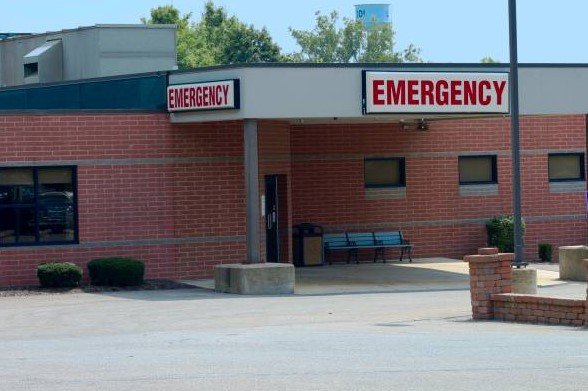St. Mary’s Sacred Heart Hospital in Lavonia, Georgia, plans to close its labor and delivery unit next month due to financial pressures from recent federal Medicaid cuts and other challenges. This move forces pregnant women in rural northeast Georgia to travel farther for care, highlighting a growing crisis in rural health services.
Reasons Behind the Closure
Hospital leaders point to a mix of issues driving this decision. They faced ongoing struggles with staffing shortages and lower patient numbers in the area.
The federal budget reconciliation package, passed earlier this year, slashed Medicaid funding by about one trillion dollars nationwide. This cut hits hard in Georgia, where many rural hospitals depend on Medicaid to stay open. St. Mary’s officials said these reductions played a key role, though not the only one, after an 18-month review process.
Declining birth rates in the region add to the problem. Fewer babies mean less demand for these services, making it tough to justify keeping the unit running.
Experts note that rural areas often see doctors move away, leaving gaps in care. This closure fits a pattern seen across the state and country.

Impact on Local Communities
Pregnant women in at least four counties now must seek care elsewhere. The nearest option within the same health system is St. Mary’s Hospital in Athens, over an hour’s drive from Lavonia.
This change raises concerns about access to timely prenatal and delivery care. In emergencies, the Lavonia hospital can still handle basic deliveries, but complex cases will need transfers.
Local economies feel the strain too. Hospitals like this one often serve as major employers in small towns. Losing services can lead to job cuts and hurt community growth.
Residents worry about longer travel times during labor, which could increase risks for mothers and babies. Health groups warn that such closures create maternity deserts, where options are scarce.
- Increased travel distances for expectant mothers, potentially leading to delayed care.
- Higher stress on remaining facilities, which may become overcrowded.
- Possible rise in home births or unassisted deliveries in rural areas.
Broader Trends in Rural Health Care
Georgia has seen a wave of rural hospital service cuts in recent years. Data shows only about 36 percent of the state’s rural hospitals still offer labor and delivery services as of last month.
Nationwide, over 700 rural hospitals risk closure due to funding issues, with Medicaid cuts speeding up the process. In Georgia alone, Medicaid covers nearly half of all births, rising to almost 60 percent in rural spots.
Other states face similar woes. For example, recent reports highlight closures in Tennessee and Michigan, tied to the same federal budget changes.
Politicians have weighed in, with some blaming the cuts on specific laws. This sparks debates on how to protect rural health without more funding.
| State | Rural Hospitals at Risk | Percentage Offering L&D Services | Medicaid-Covered Births |
|---|---|---|---|
| Georgia | 25 | 36% | 45% |
| Tennessee | 30 | 40% | 50% |
| Michigan | 20 | 35% | 42% |
| National Average | 742 | 38% | 43% |
This table illustrates the vulnerability of rural hospitals across key areas, based on recent health policy research.
Experts call for states to use available federal aid, like a 50 billion dollar fund set aside to ease these cuts. Yet, distribution depends on state actions, which vary widely.
What Happens Next for Patients
St. Mary’s plans to shift all OB/GYN services to its Athens location starting next month. They promise to help current patients transition smoothly.
Community leaders urge women to find new providers soon. Options include nearby hospitals in Toccoa or other regional centers.
Advocacy groups push for policy changes to boost funding and attract doctors to rural areas. Some suggest expanding telehealth for prenatal visits to bridge gaps.
In the meantime, affected families share stories online, calling for awareness. This closure underscores the need for better support in underserved regions.
Calls for Action and Solutions
Lawmakers discuss ways to reverse these trends, including incentives for medical professionals in rural spots. Recent bills aim to increase Medicaid reimbursements for hospitals.
Health organizations recommend community programs to support expectant mothers, like transportation aid or mobile clinics.
As this story unfolds, it ties into larger talks on health equity in 2025. Share your thoughts or experiences in the comments below, and pass this article along to raise awareness about rural health challenges.
